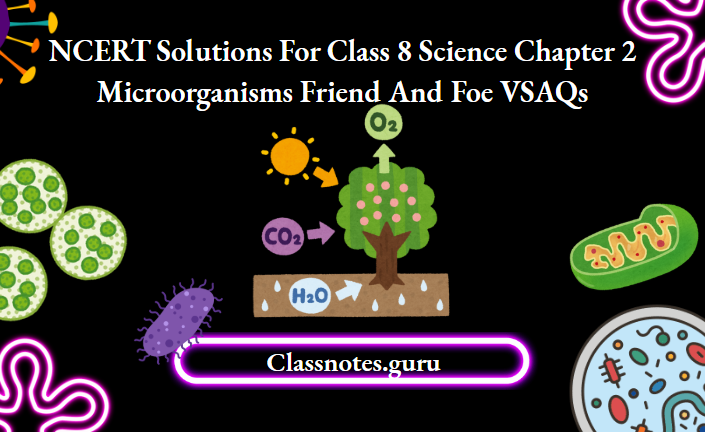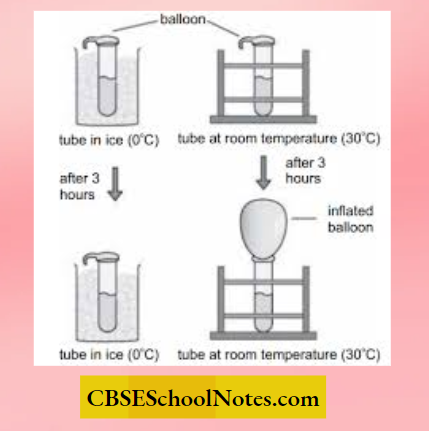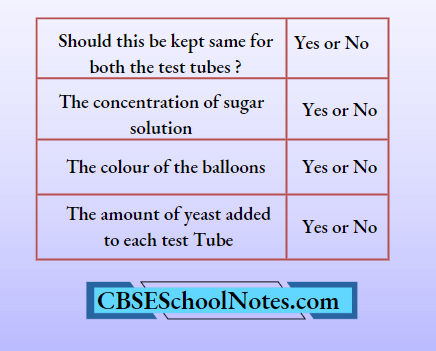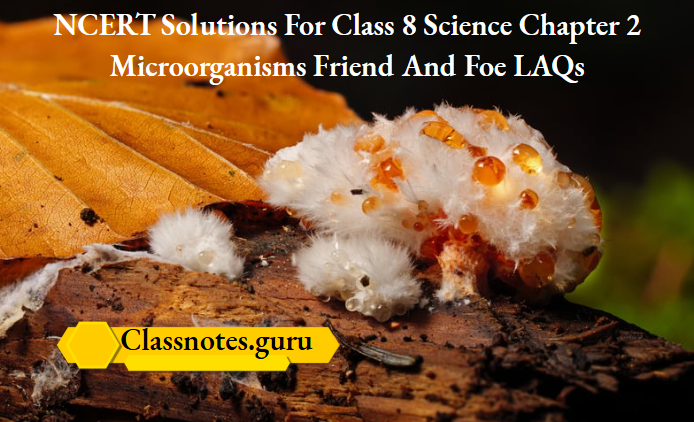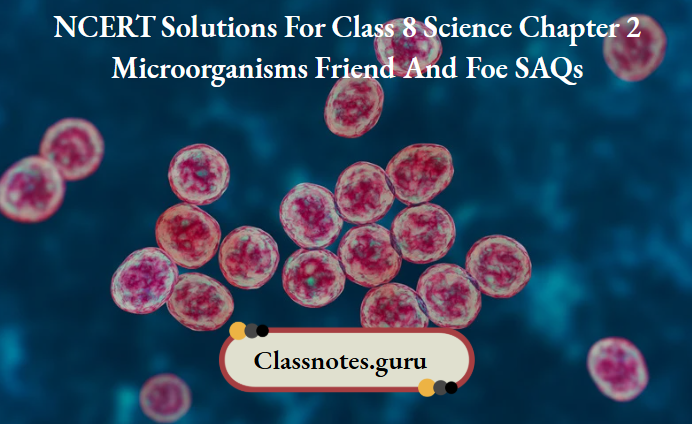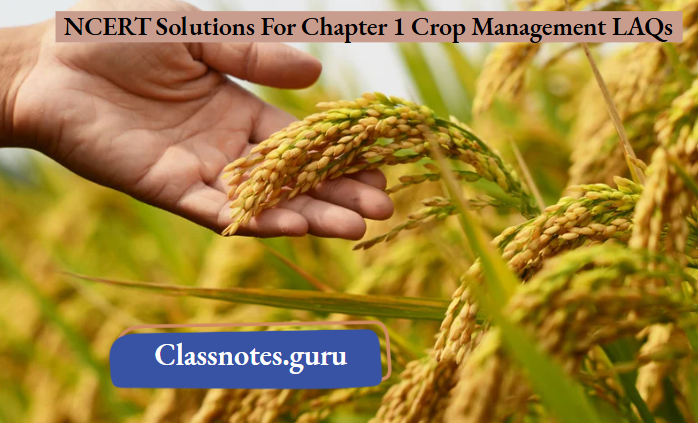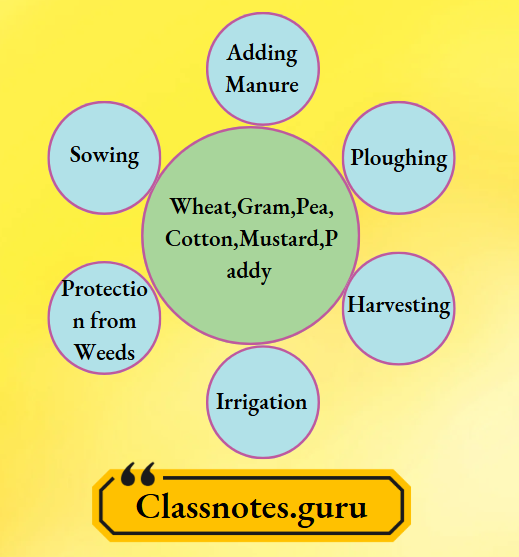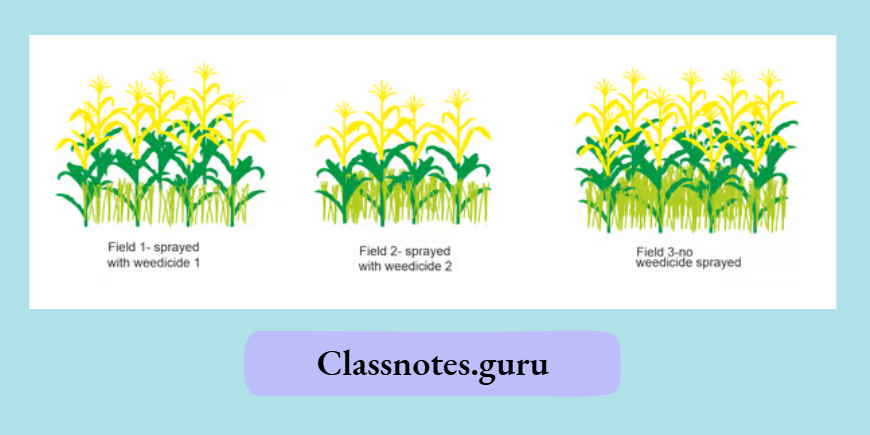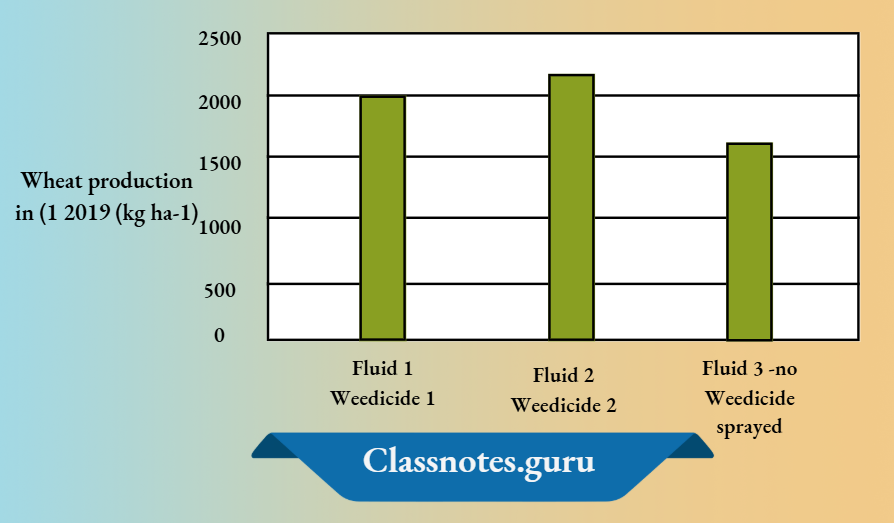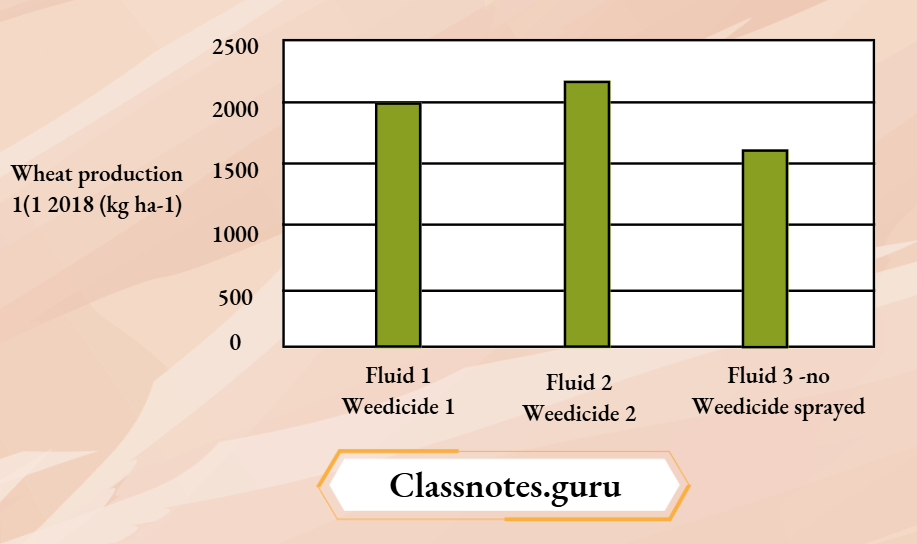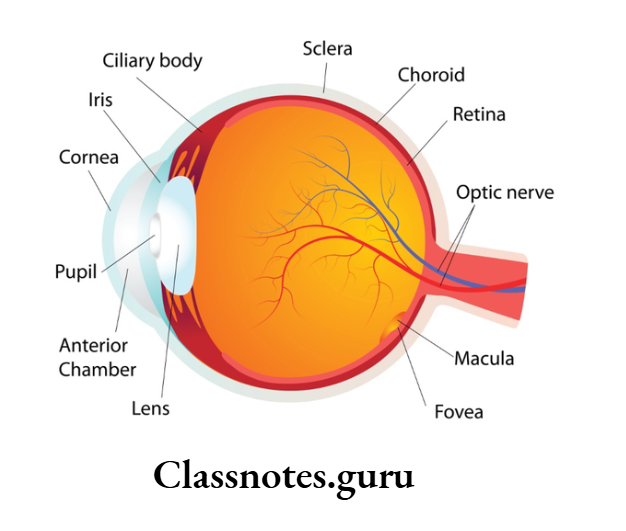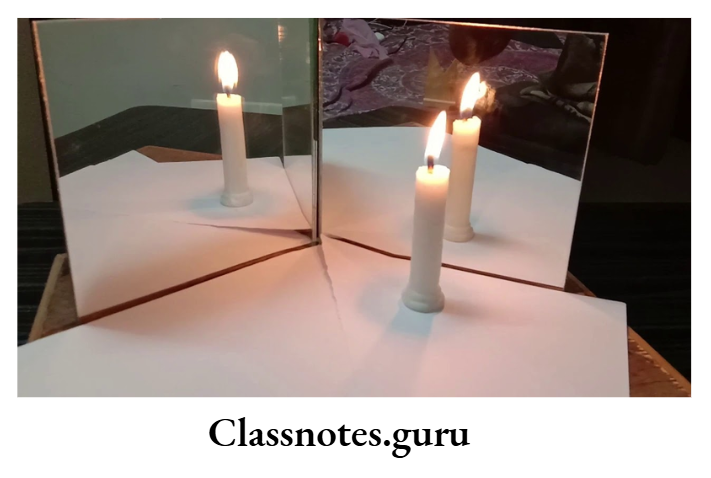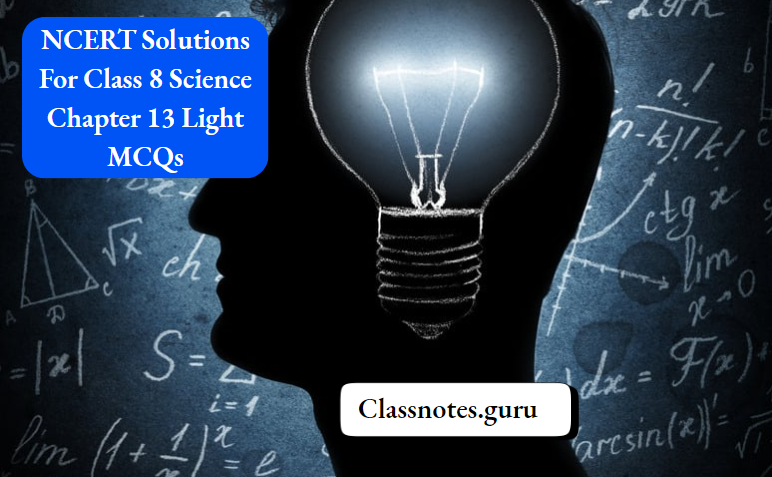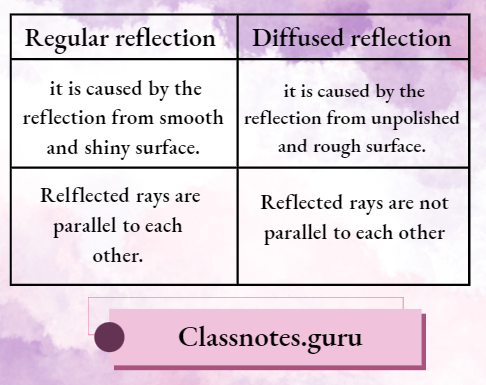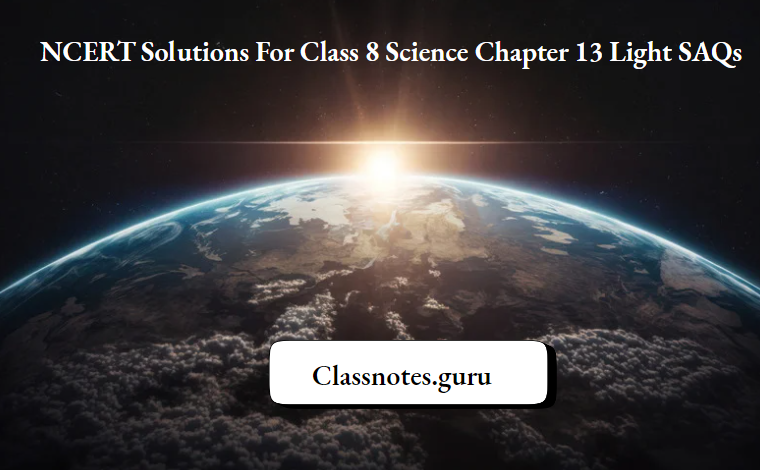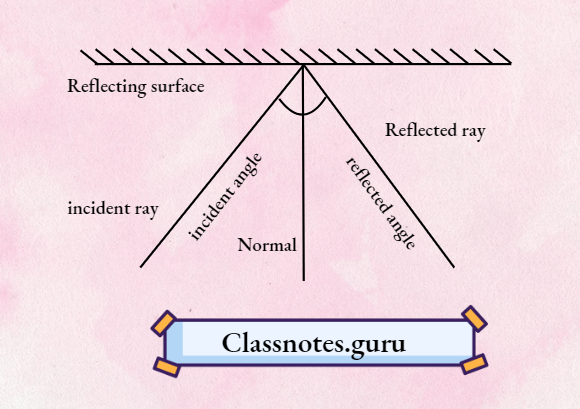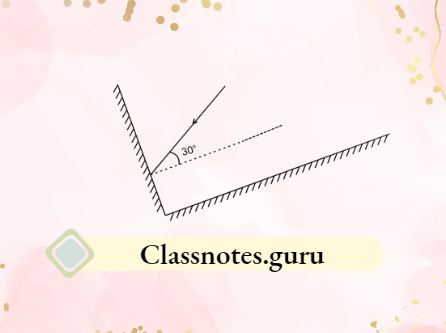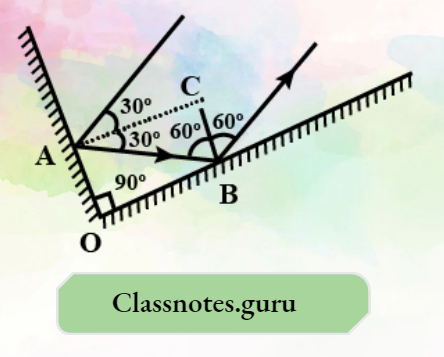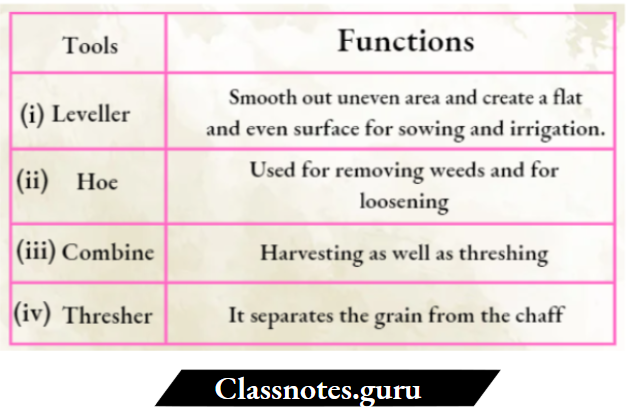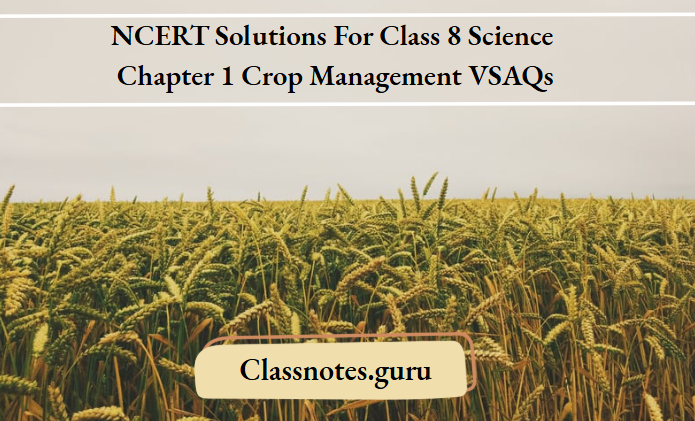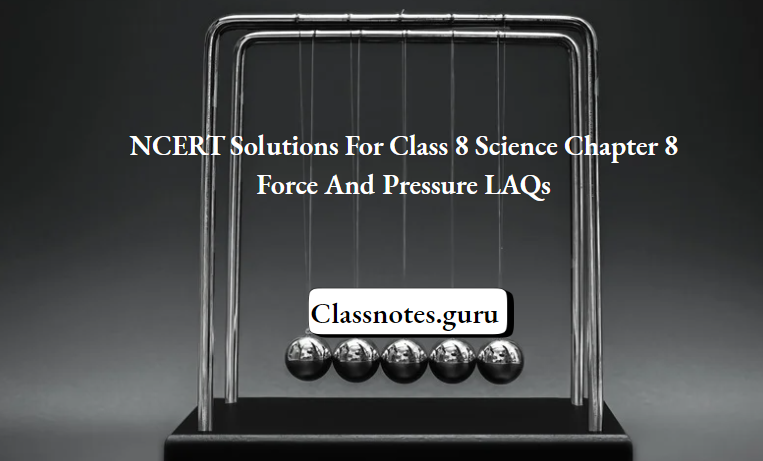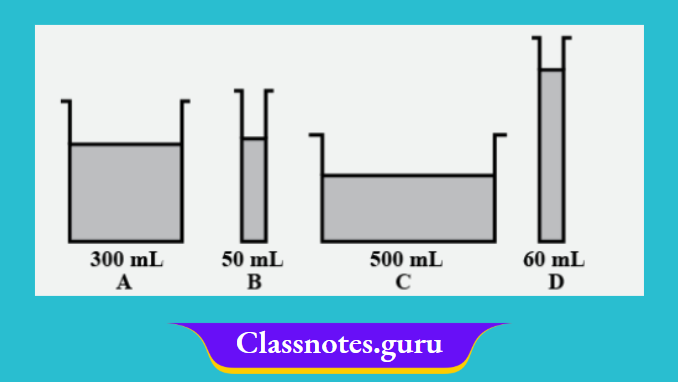NCERT Solutions For Class 8 Science Chapter 3 Coal And Petroleum Long Answer Questions
Question 1. Why is petrol an exhaustible natural resource, whereas sunlight is not? Explain
Answer:
The natural resources, which are present in a limited quantity in nature and can be exhausted (used up) by human activities, are called exhaustible natural resources, Examples include coal, petroleum, natural gas, minerals, forests, wildlife, etc.
It requires millions of years for the conversion of dead organisms into petroleum, from which petrol is separated.
NCERT Solutions for Coal and Petroleum Long Answer Questions
So, once the present stock of it gets exhausted, no new supplies of it will be available to us in the near future, whereas sunlight is present in an unlimited quantity in nature, so it isan inexhaustible natural resource. It is not likely to be exhausted by human activities.

Now answer the following questions.
1. What is the material X?
Answer: Coal
Class 8 Science Chapter 3 Coal and Petroleum Long Answer Questions
2. What is the physical state and colour of X?
Answer: It is solid and black.
3. Name the processes Y.
Answer: Y is carbonisation.
NCERT Solutions for Class 8 Science Coal and Petroleum LAQs
4. What are the products A, B, and C?
Answer: A is coke, B is coal gas, while C is coal tar.

Question 2. The following table shows the total power shortage in India from 1991-1997. Show the data in the form of a graph. Plot the shortage percentage for the years on the Y-axis and the years on the X-axis.

Answer: Scale along X-axis, 1 unit =1 year and along Y-axis, 1 unit = 1%

Question 3. The table shows two groups of natural resources.
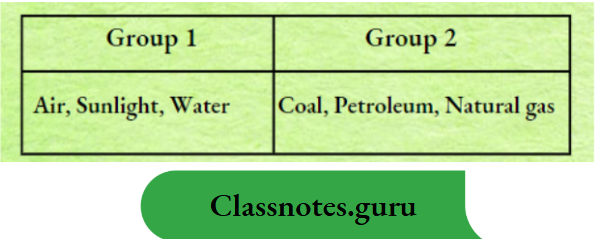
NCERT Solutions for Coal and Petroleum Chapter 3 LAQs
1. How is group 1 different from group 2?
Answer:
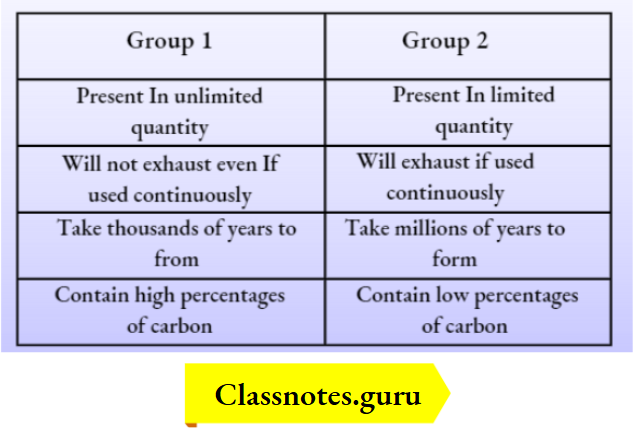
Coal and Petroleum Class 8 NCERT LAQs
2. Which resource in group 2 will cause the least amount of air pollution on burning?
Answer: Natural gas will contribute the least amount of air pollution on burning among the resources in group 2.

